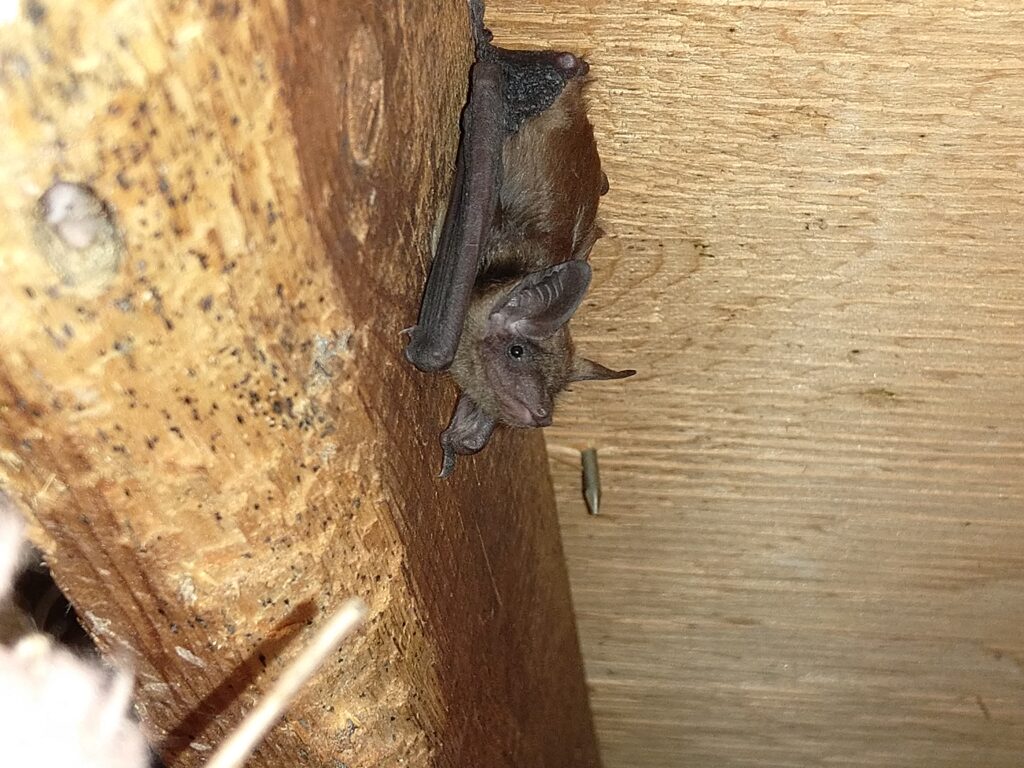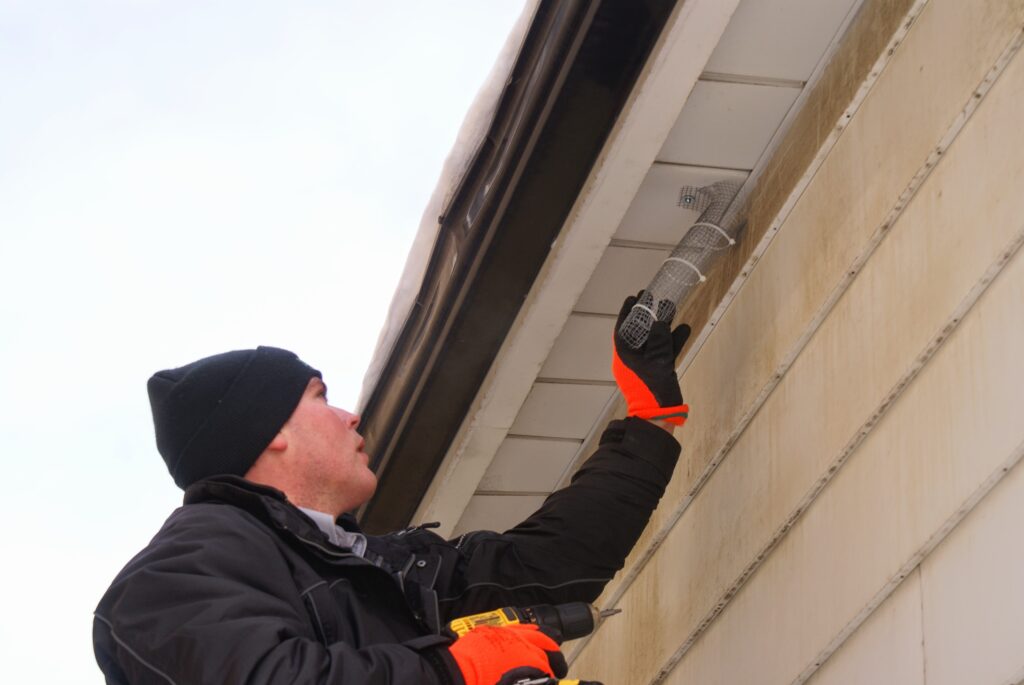In spring, bats look for places to give birth and raise their babies. Therefore, winter is a good time to hang a bat box. You can buy a bat box, or you can learn how to build a bat box and make it into a family project. Bat boxes can avoid the need for bat removal later.
How To Build a Bat Box
Building a bat shelter is something the entire family can do together. This type of box is simple to construct with some household items, including:
-
Plywood
-
Caulking gun
-
Power tools, such as a drill
-
Paint for decorating the bat box
Remember to paint the inside of the bat box black, as bats feel most comfortable in dark, enclosed spaces. A bat box also needs a bar for the bats to grip with their feet. The inside should be rough so the bats can crawl inside more easily. The dimensions of the bat box should be 14 inches wide by 24 inches tall, with small compartments inside. Be sure to include vents so the air can flow through.
Where To Hang a Bat Box
Where you hang your bat box influences how likely bats are to move in. When hanging the box, choose the side of a building or invest in a tall pole to keep the bats safe from predators. Avoid hanging the box on the side of a tree, as this could make them easy prey for owls, hawks, and snakes. Place the box in a lightly trafficked area of your yard to protect yourself and your family from pathogens in the bats' droppings.
When you hang the box, it should face south or southwest so it receives as much sunlight as possible to maintain an elevated temperature inside. Also, you should install it at least three metres above the ground so that predators cannot reach any young bats, as the pups are quite vulnerable. Placing the box on a flat pole can also discourage climbing predators. Depending on the size of your box, it may house between 50 and 200 bats.
Why Bat Boxes Are Important to Bats

Many species of bats are endangered. There are many different factors that contribute to the decline of the bat population, but one of the most significant is habitat loss. Trees are cut down for development, and bats have fewer roosting options. Bat boxes provide bats with alternative roosting sites.
How a Bat Box Can Benefit You
As a homeowner, you don't want bats inside your house, so attracting them to your property with a bat box may seem counterintuitive. In fact, providing bats with an alternative roost could deter them from your house, thus avoiding the need for bat control. Bats on your property can also help with pest control. They eat many insects that are harmful to you and your plants, including mosquitos.
How To Attract Bats to the Box
It could take a year or more for bats to find the box and move in, but there are things you can do to encourage them. While you can put the box on a pole, boxes mounted to the side of a building seem to attract more bats. Make sure the bat box gets at least six hours of sunlight out of every 24. Consider putting up more than one box as this may attract more bats.
What Bats Do in the Winter
-
Some bats perform a yearly migration, traveling south where it is warm during the winter and then returning north in the spring.
-
Most Canadian bat species hibernate in the winter. They look for warm places to roost because their body temperatures drop during hibernation to conserve energy.
-
Bats mate in the fall, but fertilization is delayed until spring.
When You Need Help Beyond How To Build a Bat Box
If bats do get into your house, they need to be removed humanely and in compliance with applicable laws. It is illegal to disturb bats while they are hibernating, which happens from approximately September to April. During this time, many of the insect species that bats rely on for food are dormant. If bats' hibernation is disturbed, they may starve to death before the insects become active again.
It is also illegal to remove bats while they are raising their young. Bat removal involves installing one-way doors over their entry points so they can't get back inside when they leave the house to find food. When the baby bats are very young, the mothers may be able to carry them while flying, but once the babies grow too big, the mother bats have to leave them behind while finding food. Any attempt at bat removal during this time in the babies' development will strand them inside the house, where they will die without their mothers. You do not want that, the government does not want that, and neither do the bats.
Bats give birth to only one baby at a time, usually in early June. It takes about two and a half months for them to mature to the point that they are able to fly on their own and find their own food. With bat hibernation taking place from approximately September to April and bats raising babies all summer, there are two narrow windows of opportunity in which bat removal can take place, usually around the months of May and August.

However, this does not mean that you have to wait until May or August to call Skedaddle about bat control. Every time we go out on a call, the first thing we do is perform an assessment. With bats, this means that we determine whether bats are hibernating and where they are in their reproductive cycle, i.e., have they given birth yet, and if so, how old are the babies? The time frames are approximations based on observations, but every bat is different and may start hibernating or give birth a little earlier or later than expected. Our technicians are trained to verify.
If we have performed our assessment and determined that we cannot remove the bats immediately, we then work with you to create a plan for removal. We will walk you through the plan step by step and continue following up with you so that we can put it into action as soon as it is safe and legal to do so.
Our initial assessment includes identifying the entry point by which the bats have gotten into your home, as well as any other potential entry points by which they might get inside in the future. If the time is not right for bat removal, we leave one entry point open so they can get out and find food, but we seal off the others. Once all the bats are removed, we permanently seal off the main entry point so they can't get back in again.
Bats in your home can make quite a mess with their excrement, and cleaning it up may expose you to diseases. Following bat removal, we clean any areas contaminated by bat feces to remove the pathogens and keep your family safe. Contact us for professional wildlife control in Ajax.
If bats do get into your house, they need to be removed humanely and in compliance with applicable laws. Contact us for professional wildlife control in Ajax.



